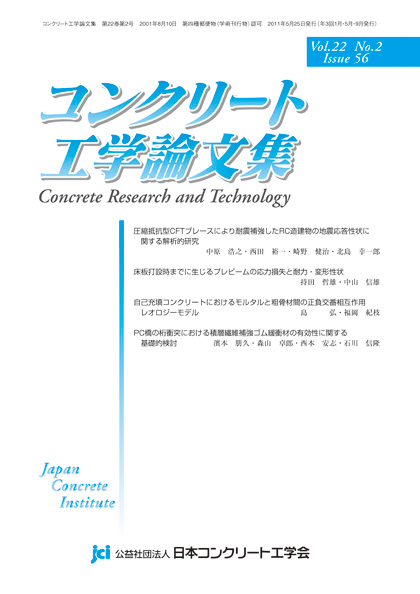Volume 23, Issue 2
Displaying 1-6 of 6 articles from this issue
- |<
- <
- 1
- >
- >|
-
2012 Volume 23 Issue 2 Pages 49-58
Published: 2012
Released on J-STAGE: May 15, 2012
Download PDF (1747K) -
2012 Volume 23 Issue 2 Pages 59-69
Published: 2012
Released on J-STAGE: May 15, 2012
Download PDF (1460K) -
2012 Volume 23 Issue 2 Pages 71-79
Published: 2012
Released on J-STAGE: May 15, 2012
Download PDF (1751K) -
2012 Volume 23 Issue 2 Pages 81-90
Published: 2012
Released on J-STAGE: May 15, 2012
Download PDF (2624K) -
2012 Volume 23 Issue 2 Pages 91-97
Published: 2012
Released on J-STAGE: May 15, 2012
Download PDF (692K) -
2012 Volume 23 Issue 2 Pages 99-110
Published: 2012
Released on J-STAGE: May 15, 2012
Download PDF (1290K)
- |<
- <
- 1
- >
- >|
